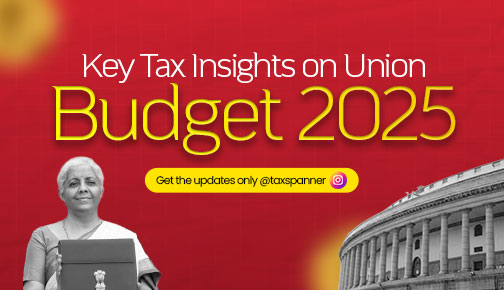How the Government gets and spends its money?
The biggest proportion of money that enters the economy is contributed via borrowings and taxes. The Goods and Services Tax (GST) collections bring in a sizeable chunk of the government's overall revenue. Other sources of revenue include corporate taxes, income tax of customs, union excise charges, non-tax revenues, non-debt capital receipts, borrowings, other liabilities, and so on. One of the most important ways in which the government brings in revenue is through the collection of taxes on individuals' incomes and on corporations' profits.
Most of the money that the government spends comes from taxes and borrowing. The net tax earnings were Rs.14.20 lakh crore according to the Union Budget for the financial year 2022-23. The government also gets money from sources other than taxes such as from the sale of capital.
The most important contributor to total tax revenue is GST: The Goods and Services Tax, sometimes known as the GST, was first implemented in 2017. It took the place of a number of different taxes that had been levied by the central and state governments. Since that time, it has grown to become the major source from which the government collects indirect taxes.
During an economic slowdown, a government might have to borrow money to pay for public sector investments, make up for higher government spending, or pay for wars and natural disasters. However, a big part of the budget deficit is the cost of paying interest on old debts. So, the more the government borrows, the more interest it has to pay. This increases the budget gap, which is the difference between what it spends and what it brings in. But, the primary purpose of borrowing is to pay for debts and cover expenses.
The non-tax resources are divided into three groups: currency, coins, and the mint; interest, dividends, and profits; and other non-tax receipts, such as money from administrative services, the public service commission, police, jails, agriculture, and allied services.
A big part of the government's capital income comes from the money it gets from disposing of investments. The government of India started the process of privatizing government businesses to help raise money for spending and reduce the country's budget gap.
The money that the government receives from individuals and companies is used as expenditures for a variety of different things. The largest chunk of money goes towards interest payments, the state's component of taxes and duties, and different schemes run by the central sector. In addition to spending money on defense, subsidies, pensions, finance commissions, and other transfers, the government also spends money on centrally sponsored programs and other transfers.
- Interest payments - The payment of interest constitutes the largest portion of the annual expenditures made by the central government. When it takes out a loan, it is accountable for paying interest on that borrowing.
- Allocation towards defense - Your contribution also helps pay for defense and security costs for the country. India is one of the biggest places in the world that buys weapons. The budget for security is used for the expansion of the military, updating the weapons they already have, paying for their daily expenses, and other things. So, the money from taxpayers helps improve the country's defense and protection.
- Welfare Schemes - The Govt. spends a significant proportion of money on various welfare schemes such as healthcare, education, fairly social security, and others. There are many schemes and programs that are sponsored by the Central and state govt.
- Subsidies - The goods and services that are provided at a very reasonable price to specific sections of the population are called subsidies e.g., fertilizers, train tickets, LPG, and metro rail fares.
- Pension - The government gives pensions to its retired workers as a sign of its responsibility as an employer. Former government workers and military members get a pension after they leave their jobs. A great deal of what the government gets in money goes to pay pensions.
- Transfer and grants - The grants and transfers that come from the central government are a significant portion of the total amount of money that is distributed to the union territories and states. This money is put towards managing emergencies and the development of the territory.
Conclusion - The Government receives money from multiple sources such as taxes, borrowings, disinvestments, etc. to facilitate the functions of other sectors such as the development of the country and economy, improvement of infrastructure, welfare schemes, defense allocation, etc. Hence, for the overall development of the country and economy, every individual who earns a taxable income must pay taxes on time to cooperate with the improvement of the nation.
Explore TaxSpanner's wide range of calculators for your tax planning and calculations!
View Tools & Calculators



